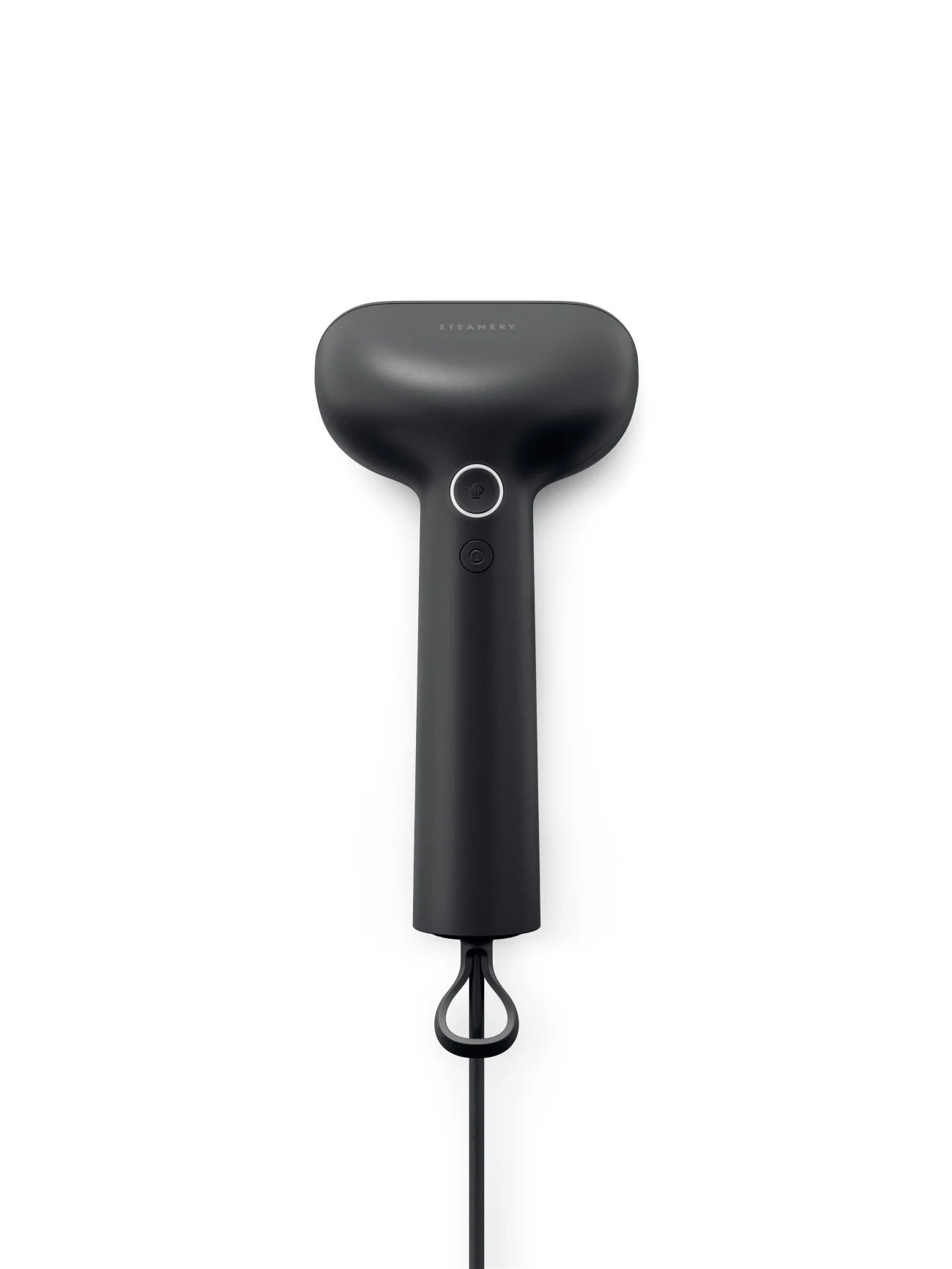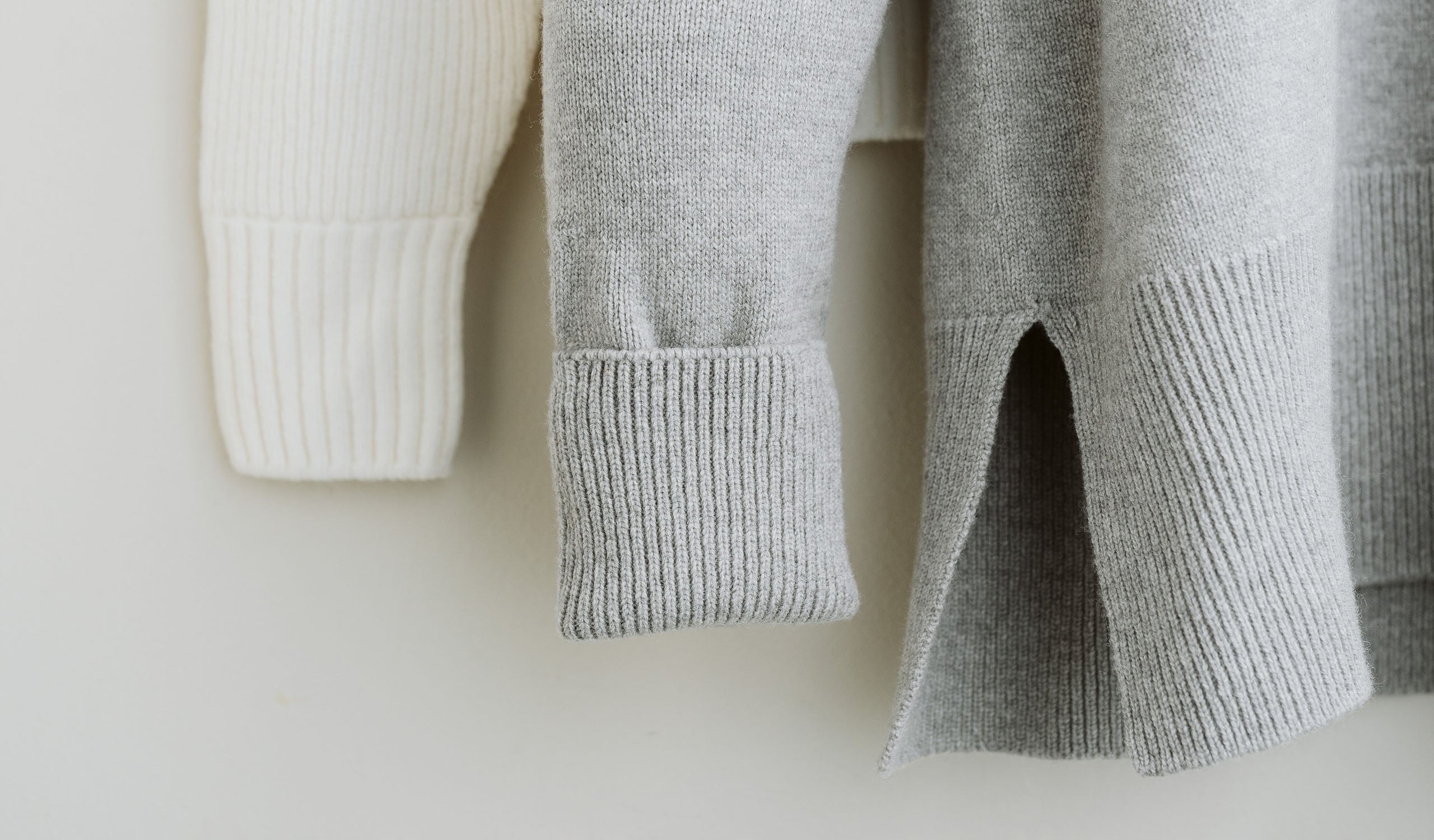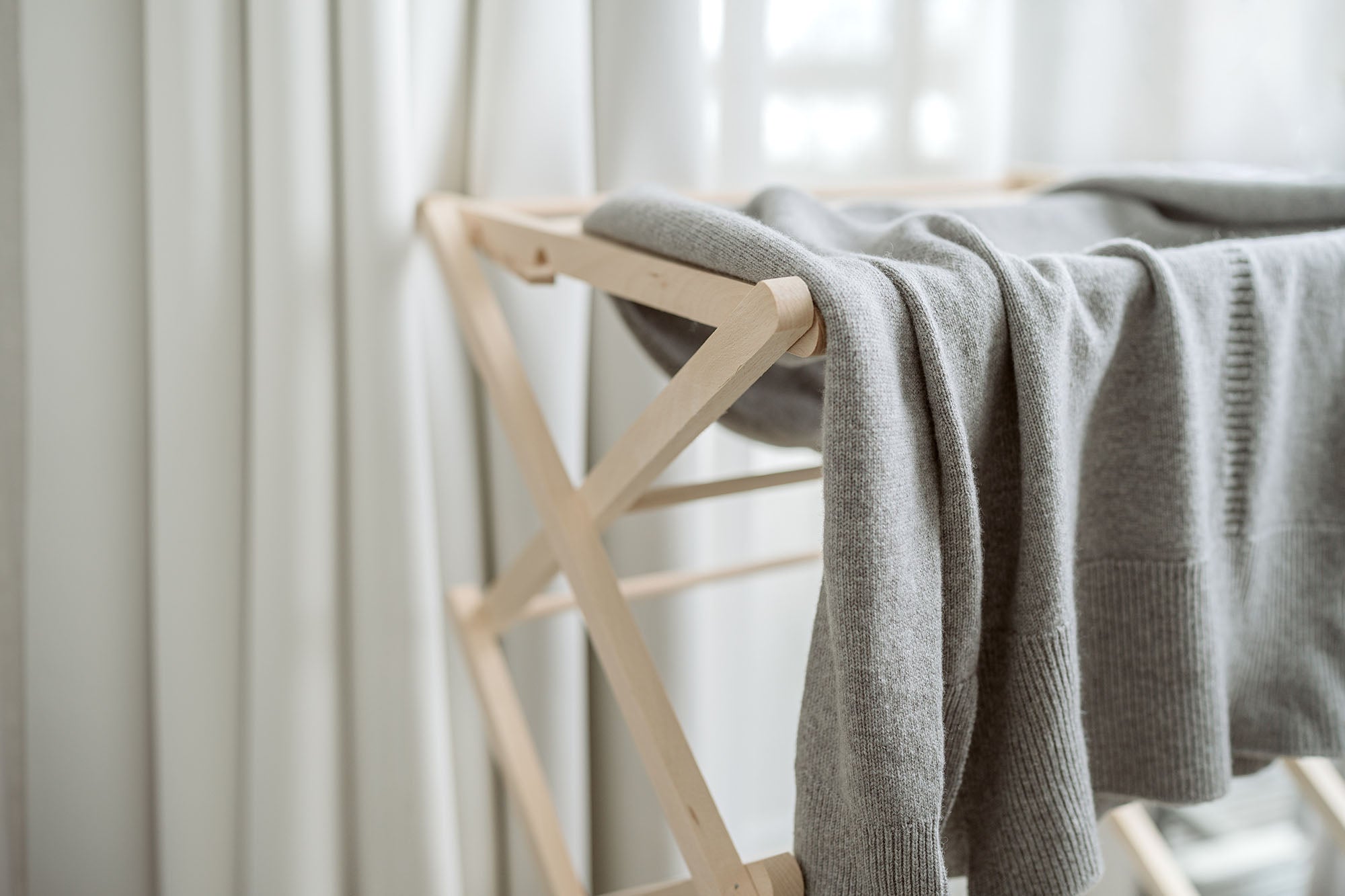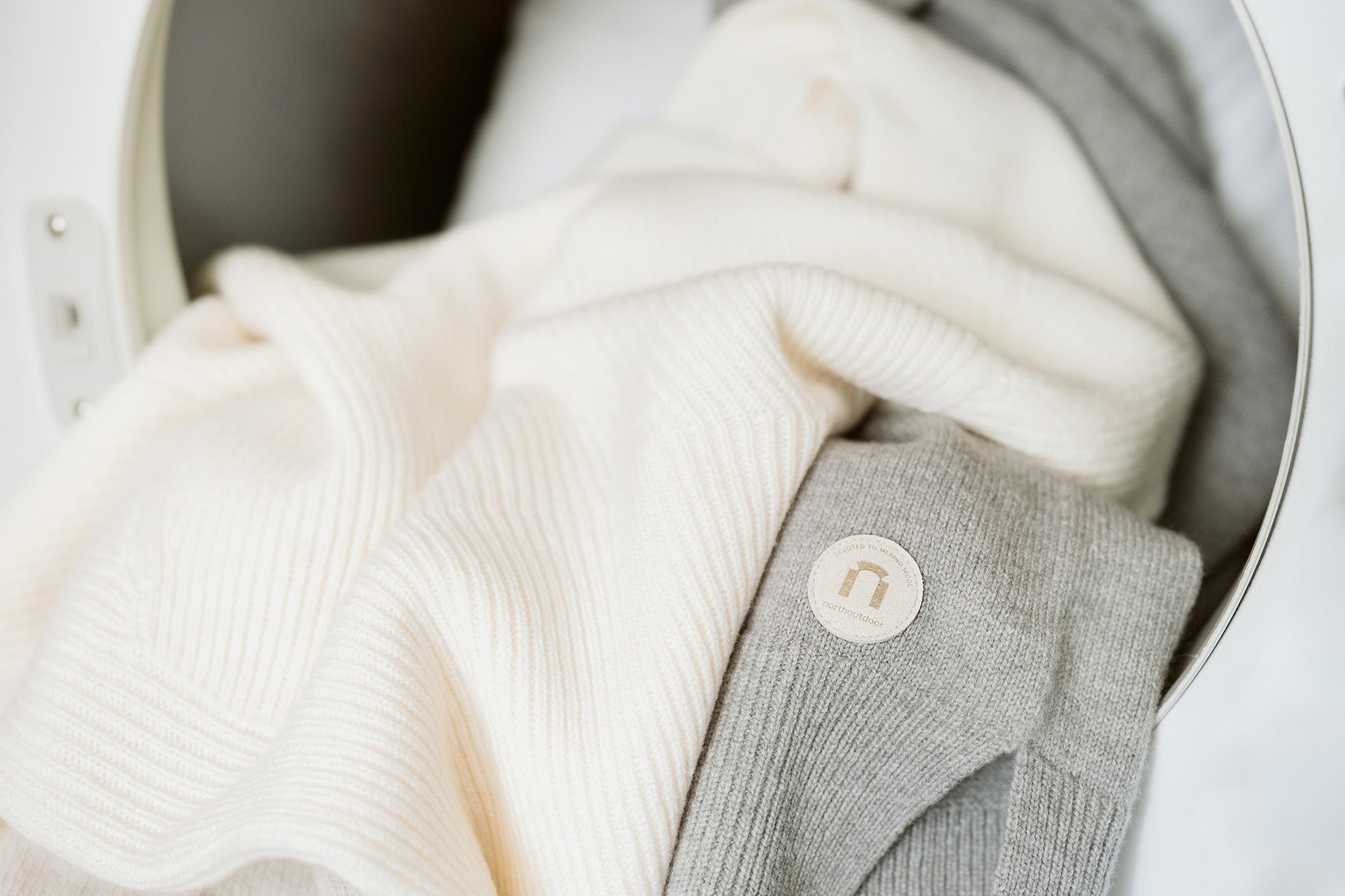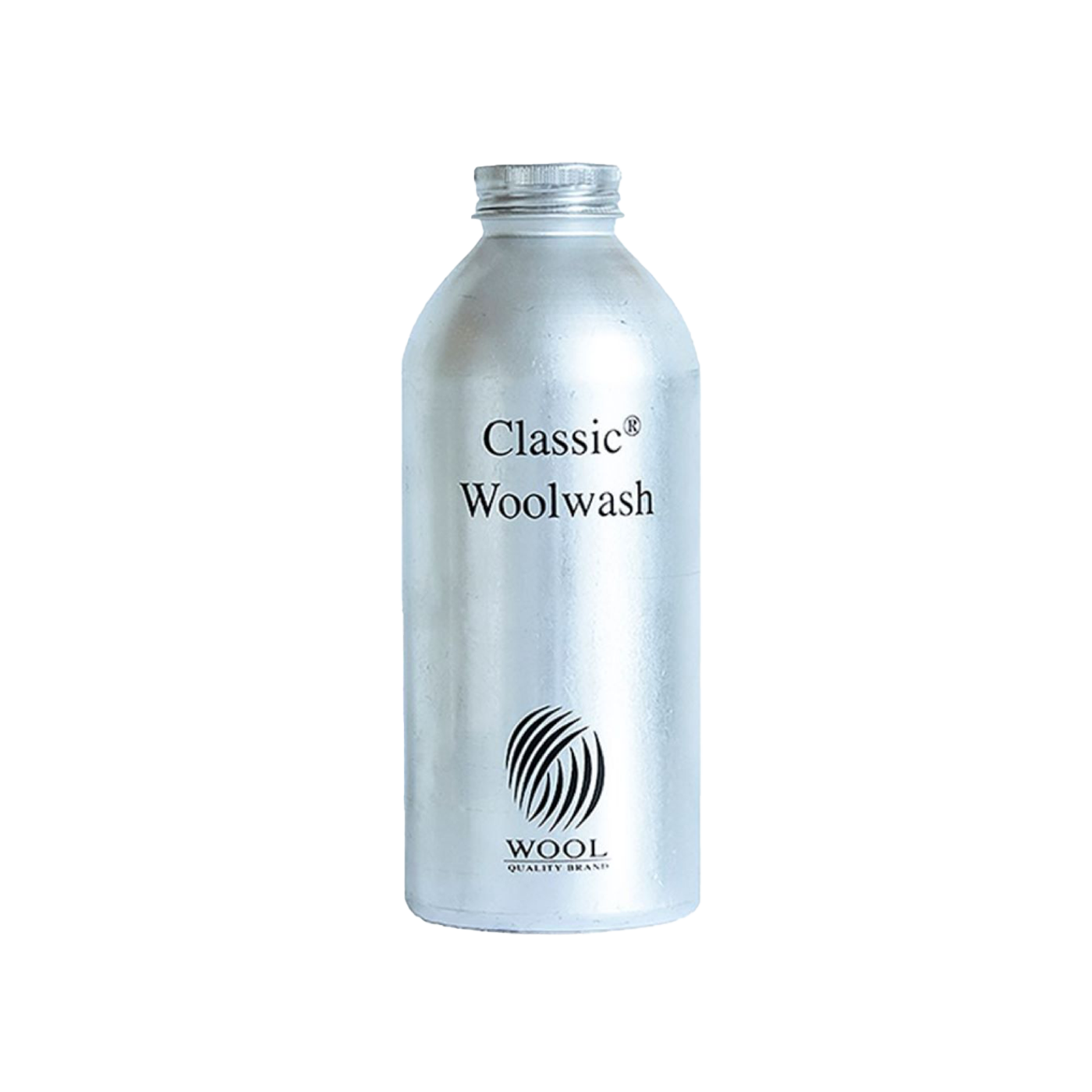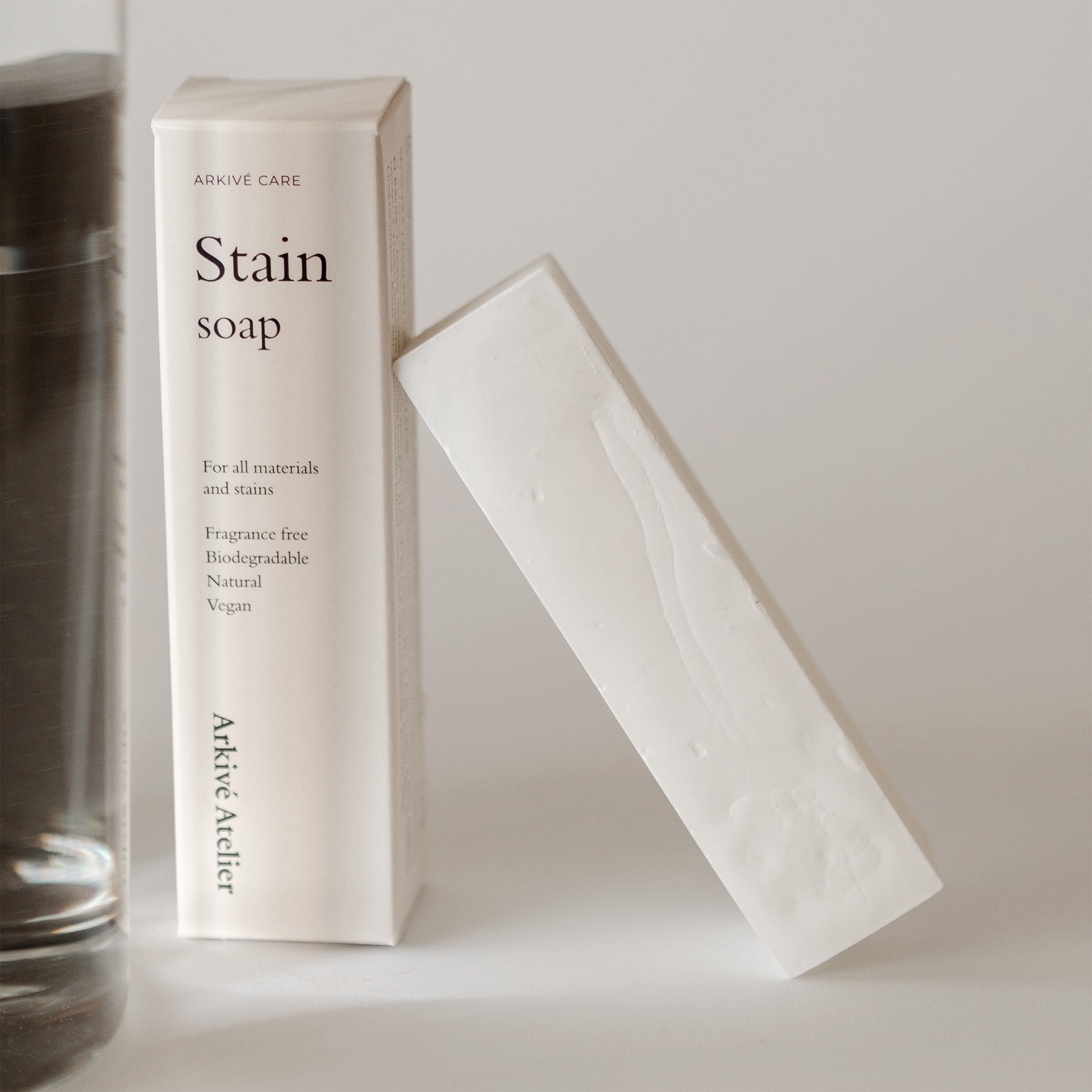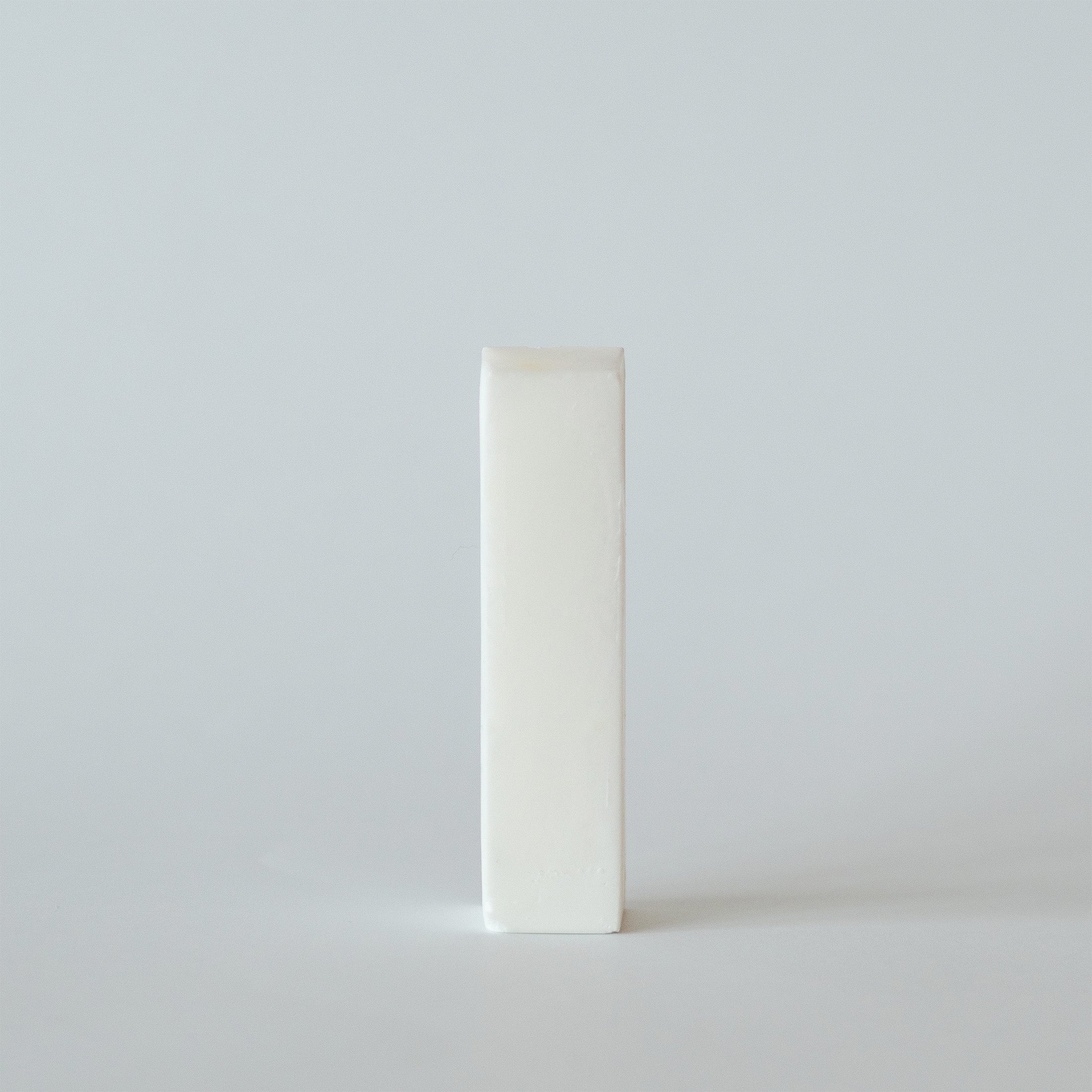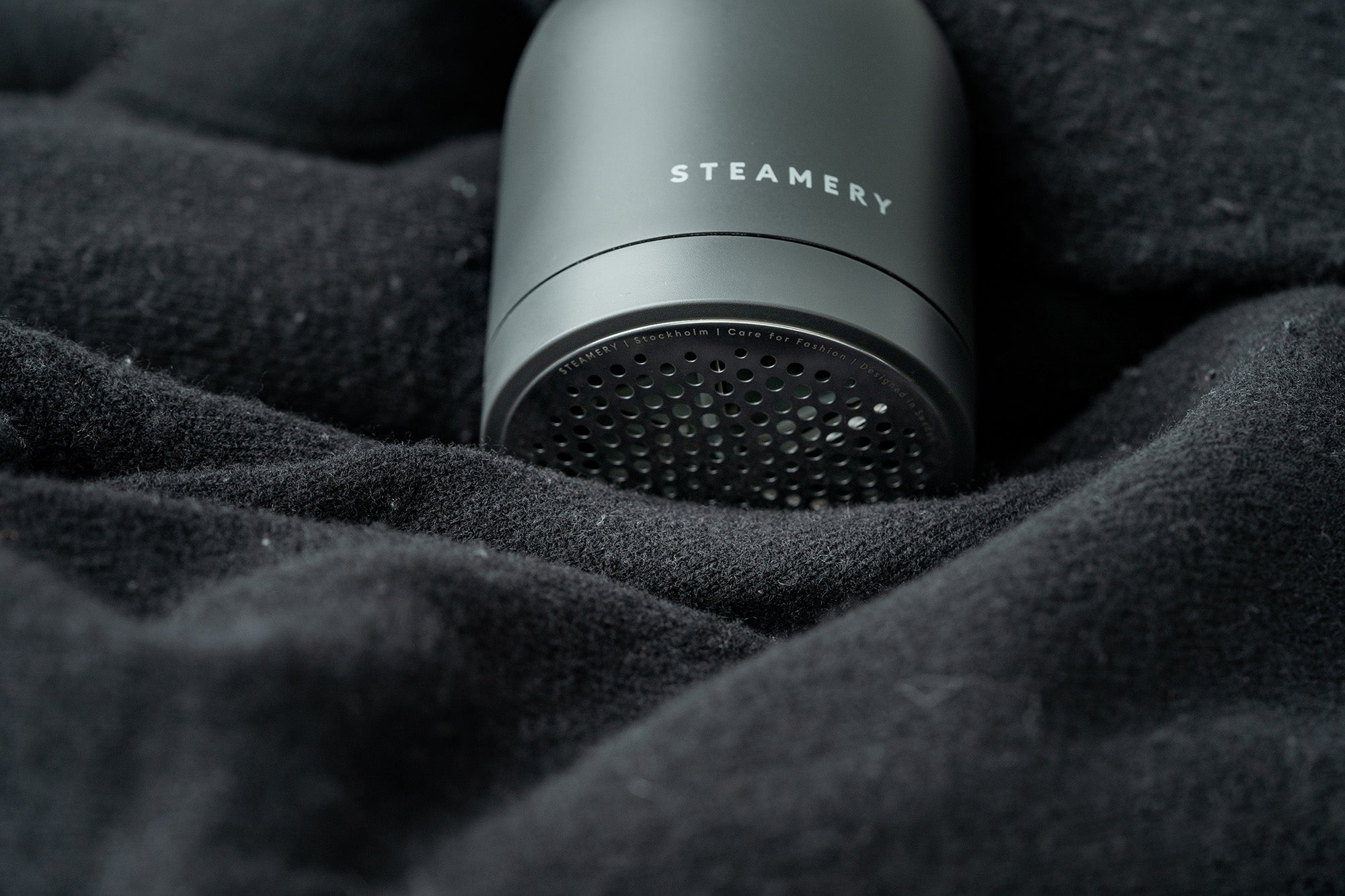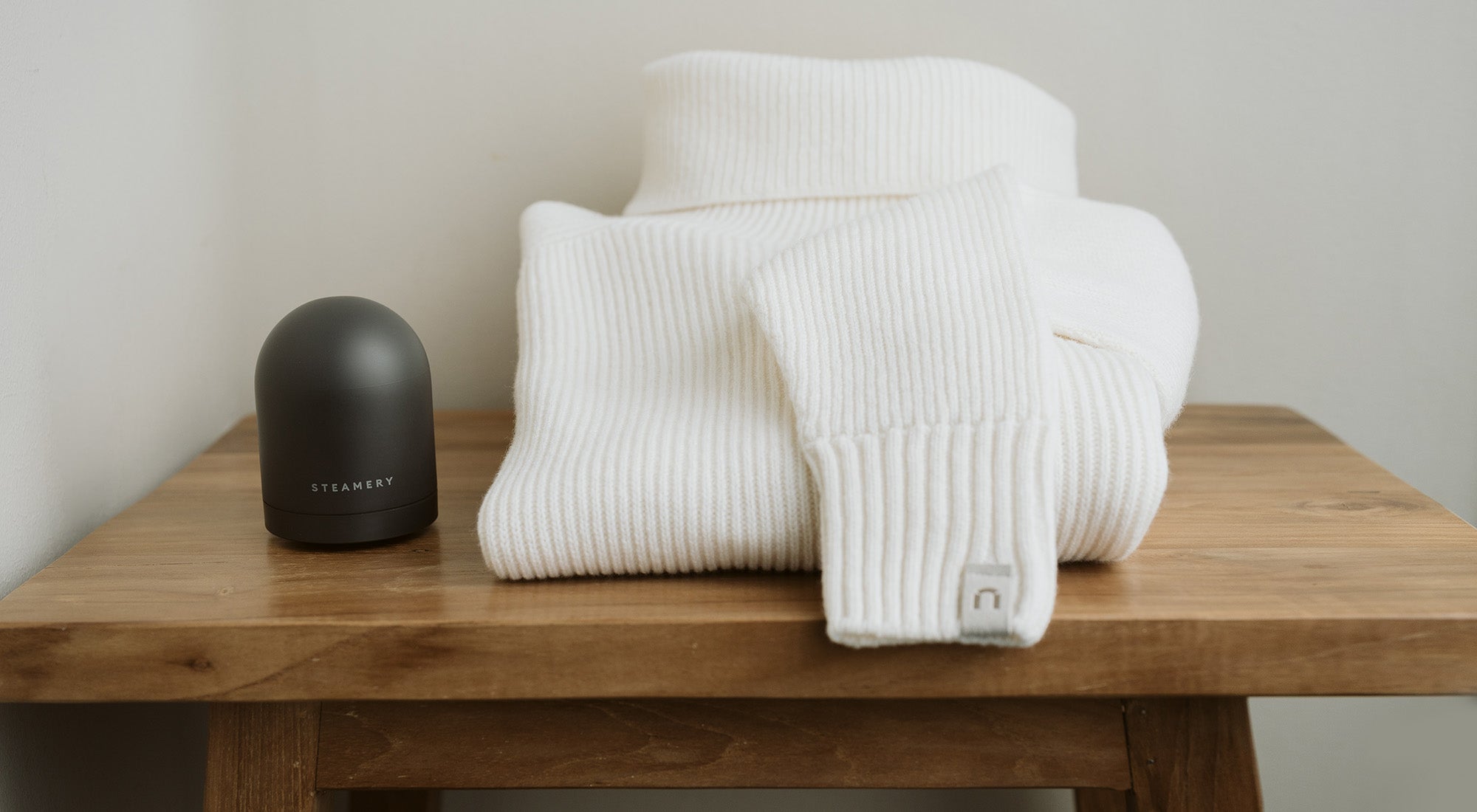With proper care, a merino garment is a lifelong travel companion. On this page, you will find instructions for washing, airing, brushing, pilling removal, and storing merino garments. Save our best tips for caring for your merino garment and enjoy your merino clothing for many years!
Airing a merino garment
Merino wool rarely needs washing because wool fibers naturally repel dirt and odors. Therefore, the most important care step for a merino garment is airing. Merino wool's ability to self-clean in fresh air significantly reduces the need for traditional water washing. Airing removes all odors – including smoke and sweat smells. Airing is also the key care step for merino wool socks and accessories. Wool has an amazing ability to clean itself, even when it comes to socks.
Washing a merino garment
You don't always need to wash merino wool clothing completely if it gets visibly dirty. Cleaning is quick when you wash just the stain by hand immediately while fresh. Always use a laundry bag, wool detergent (pH 7 or below), and a 30-degree wool/delicate wash program with the gentlest spin cycle for machine-washable merino garments. We also recommend using wool detergent for hand-washed merino garments.
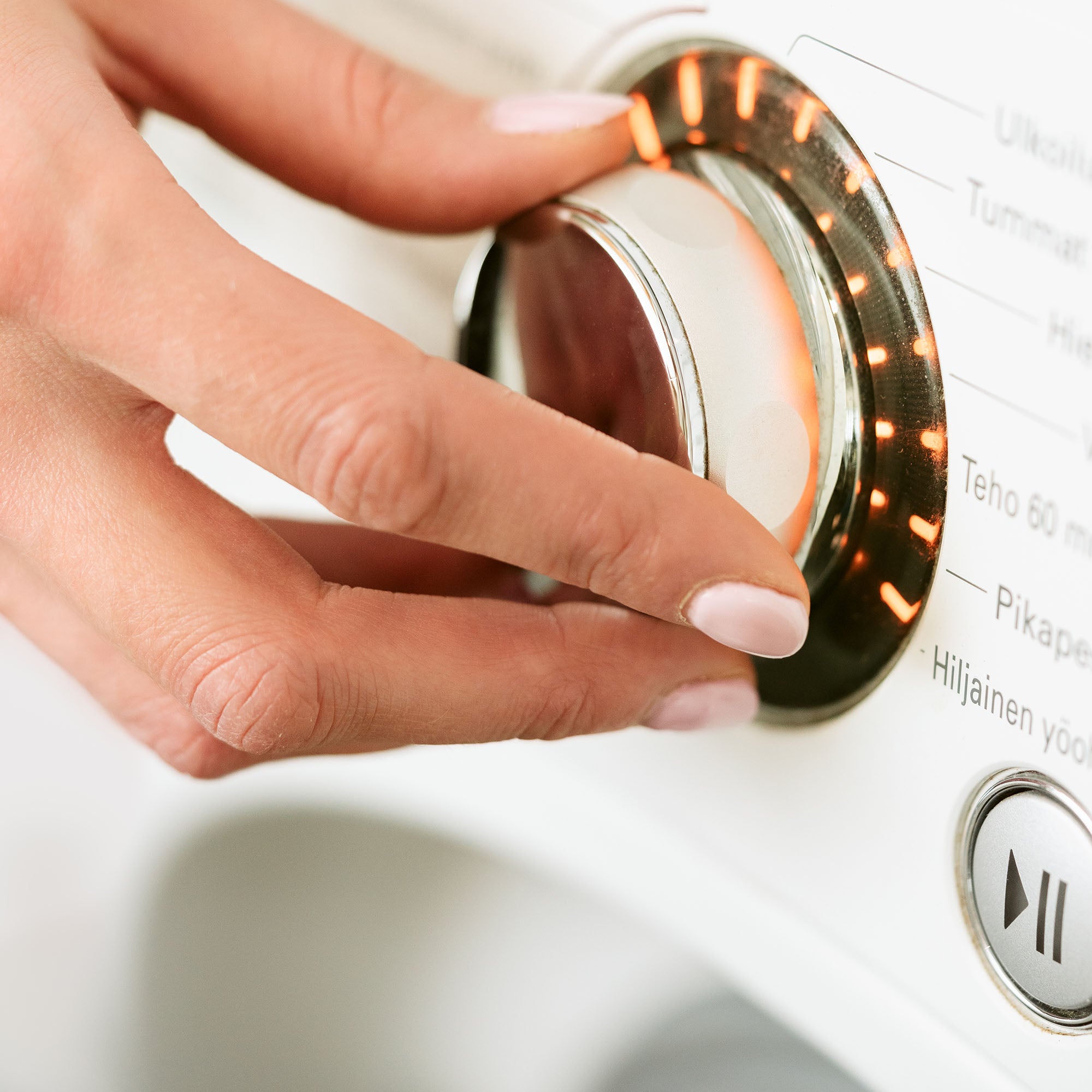
Choosing the correct washing temperature
You can always find the precise garment-specific washing instructions on the care label of North Outdoor garments and on the product page on the website. The most commonly recommended washing temperature for North Outdoor merino wool garments is 30 degrees Celsius.
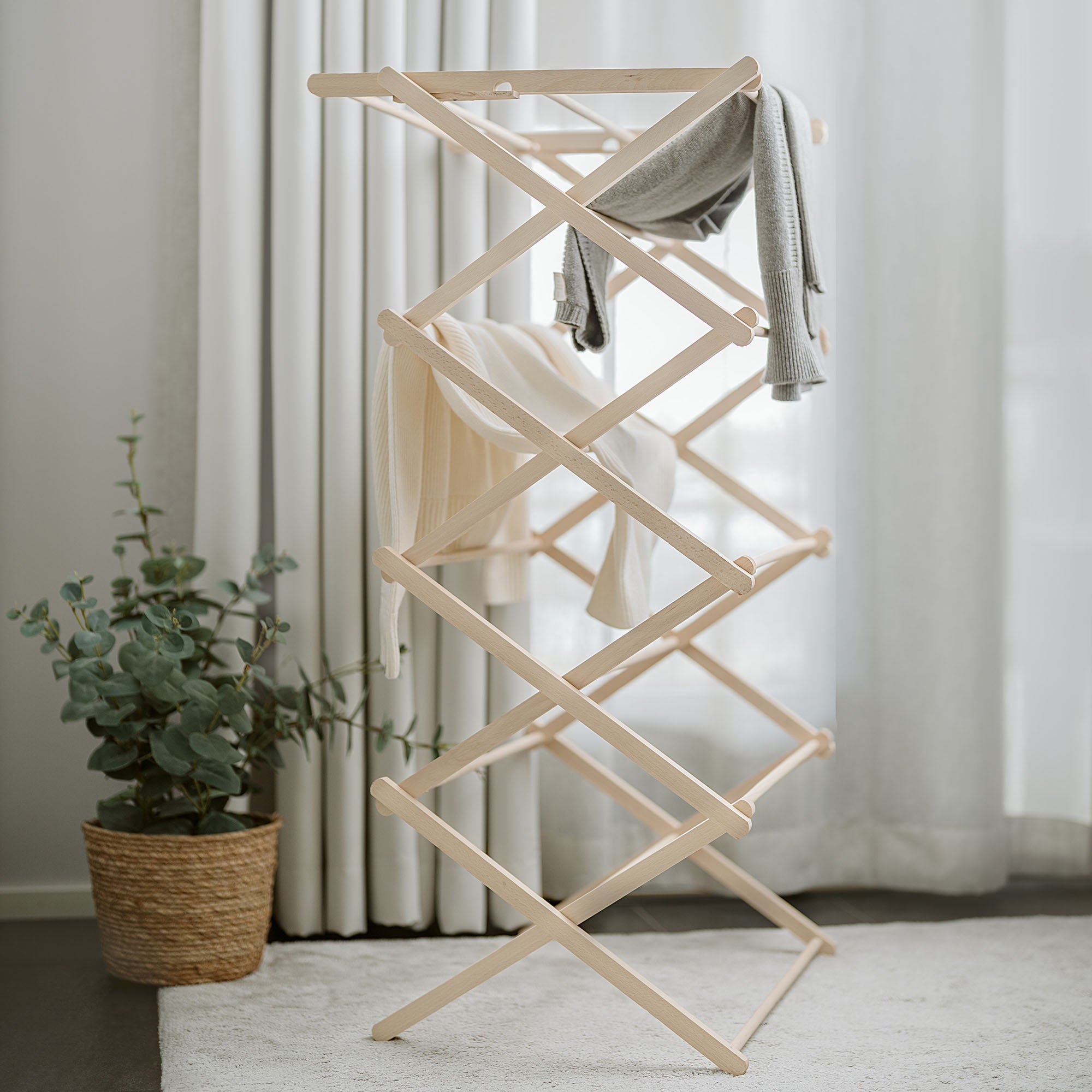
Drying a merino garment
Do not use a tumble dryer for wool garments. If the merino garment seems to have shrunk during washing, you can reshape it back to its proper form while damp. Flat drying is especially recommended for heavy knits and wool sweaters.
Removing stains from a merino garment
Did you accidentally spill your morning coffee on your merino garment? No worries! Merino wool naturally repels dirt, so stain removal from merino garments is often easy, quick, and effortless.
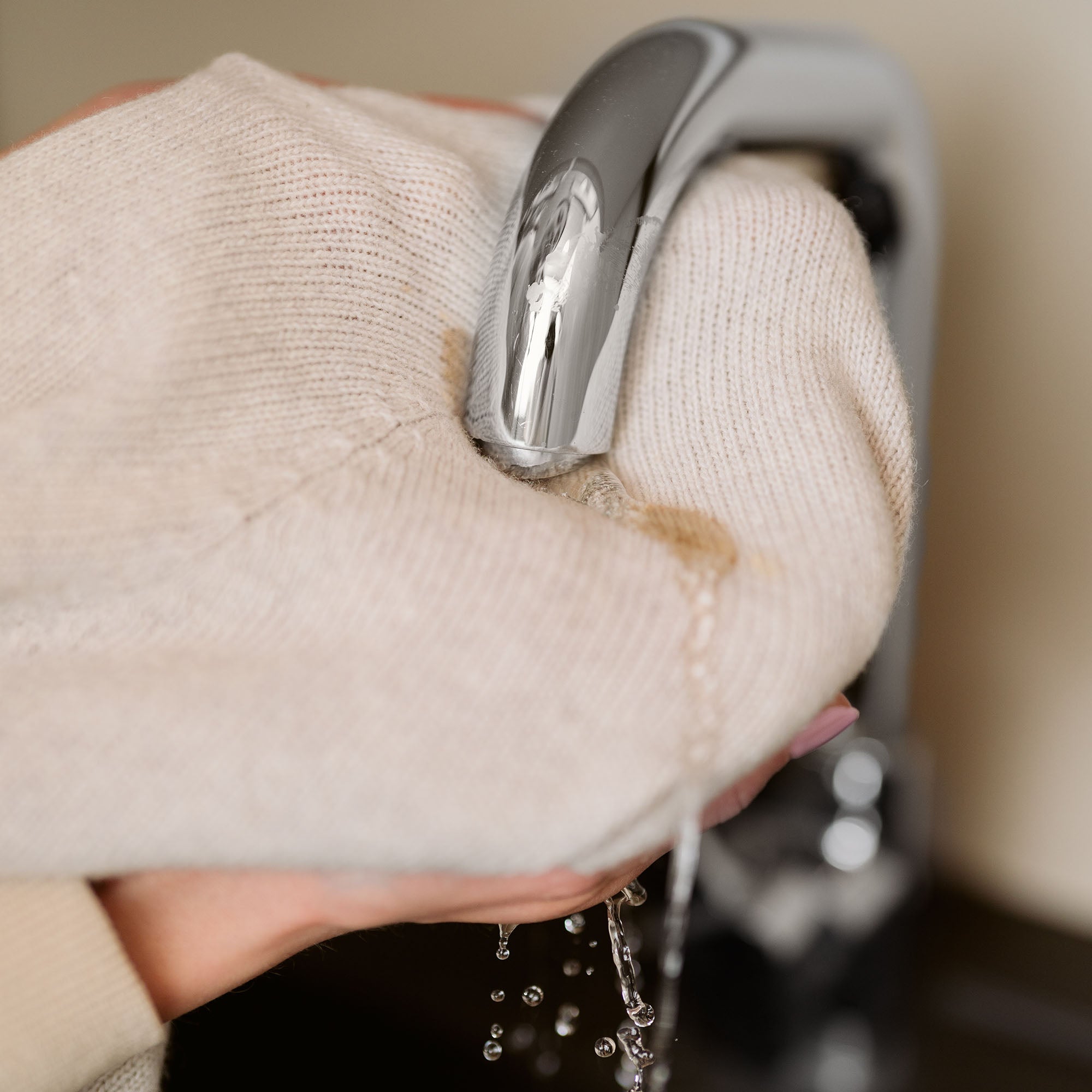
Removing a stain while fresh
Cleaning is quick when you wash just the stain by hand immediately while fresh. Place the stained area under a faucet nozzle and let water run through the knit. Even tough stains have been observed to disappear with this treatment.
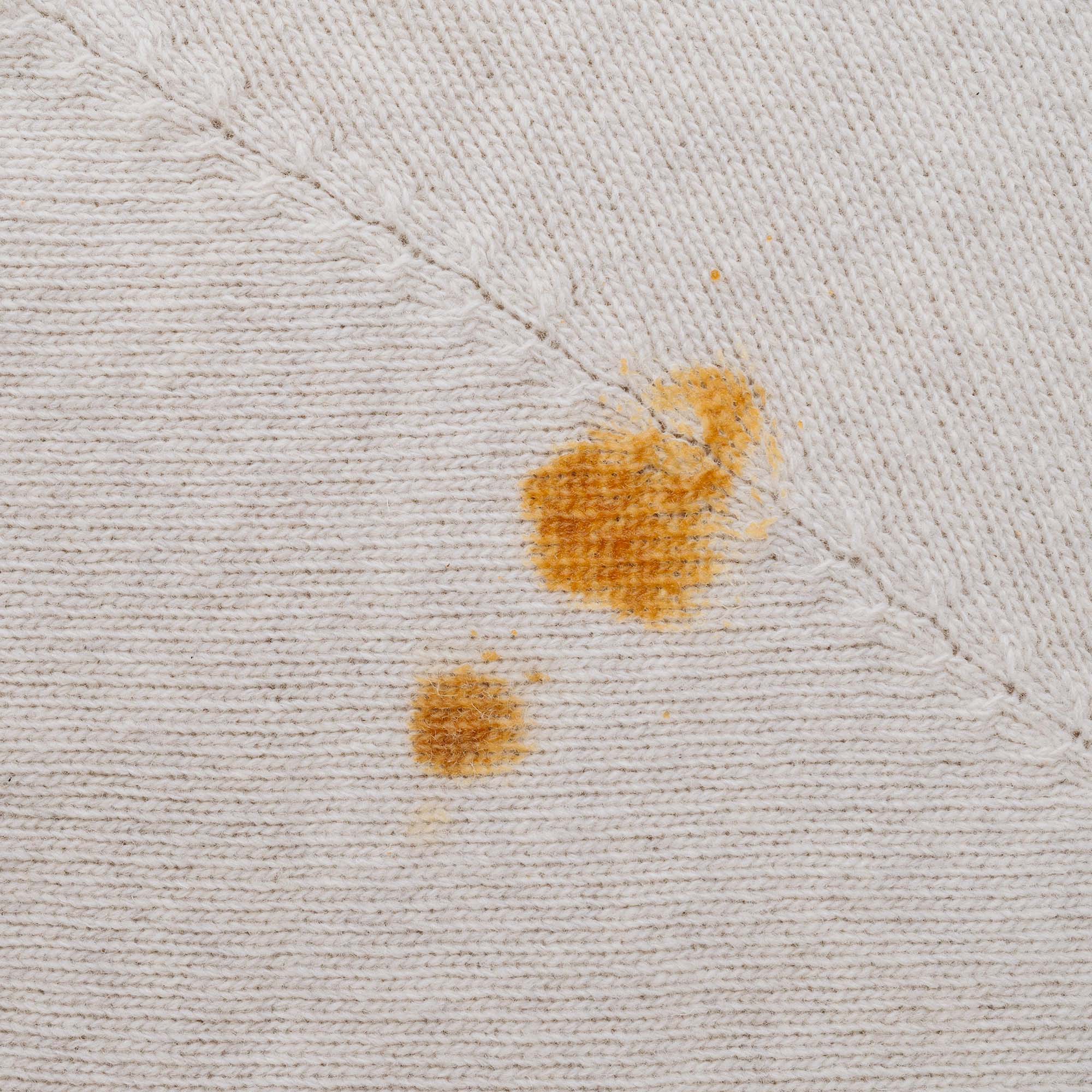
Removing stubborn stains
If the stain has been on the garment for a longer time or the stain area does not clean with just water, you can use stain soap for stain removal.
Brushing a merino garment
A clothes brush is suitable for maintaining all North Outdoor merino wool products. Brushing removes lint and cleans loose dirt, dust, and hairs from the knit. Regular brushing removes loose fibers from the surface of the knit, which helps prevent pilling. Woolen sweaters especially benefit from using a clothes brush.






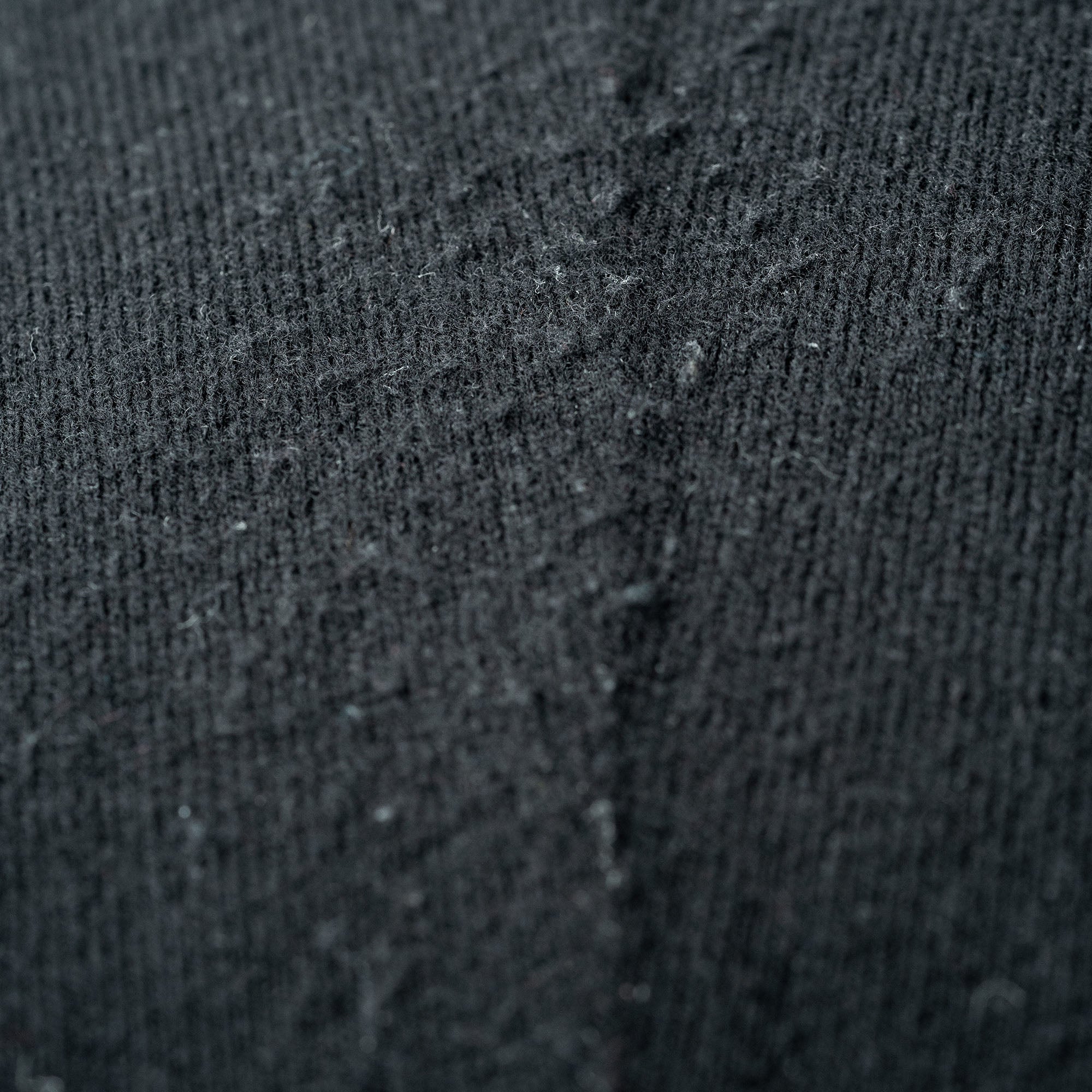
Before lint removal
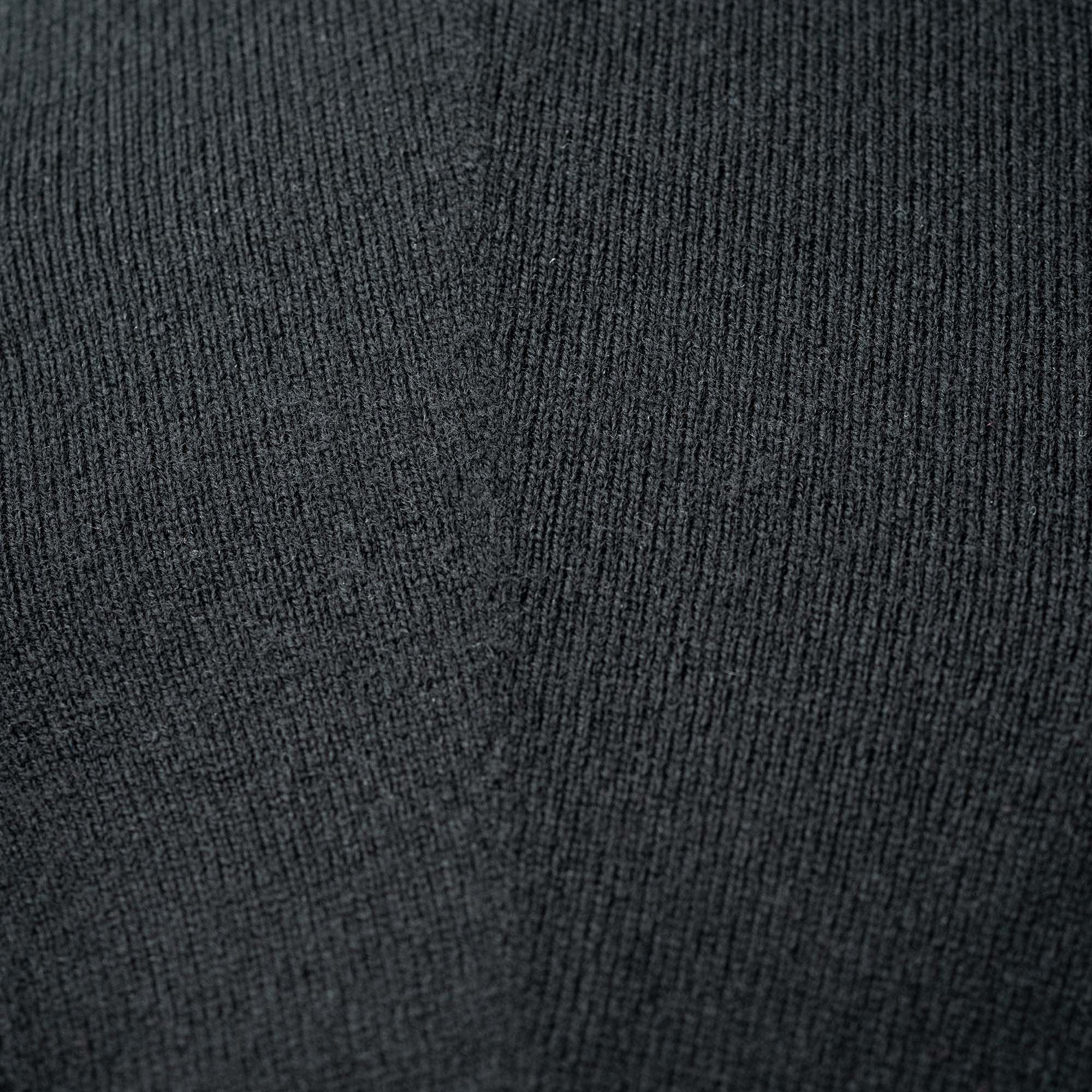
After lint removal
Product
Steaming a merino garment
Wrinkles and creases in merino wool garments are most conveniently removed by steaming. The knit can also be ironed at the lowest temperature setting of an iron. Use steam also when ironing.
